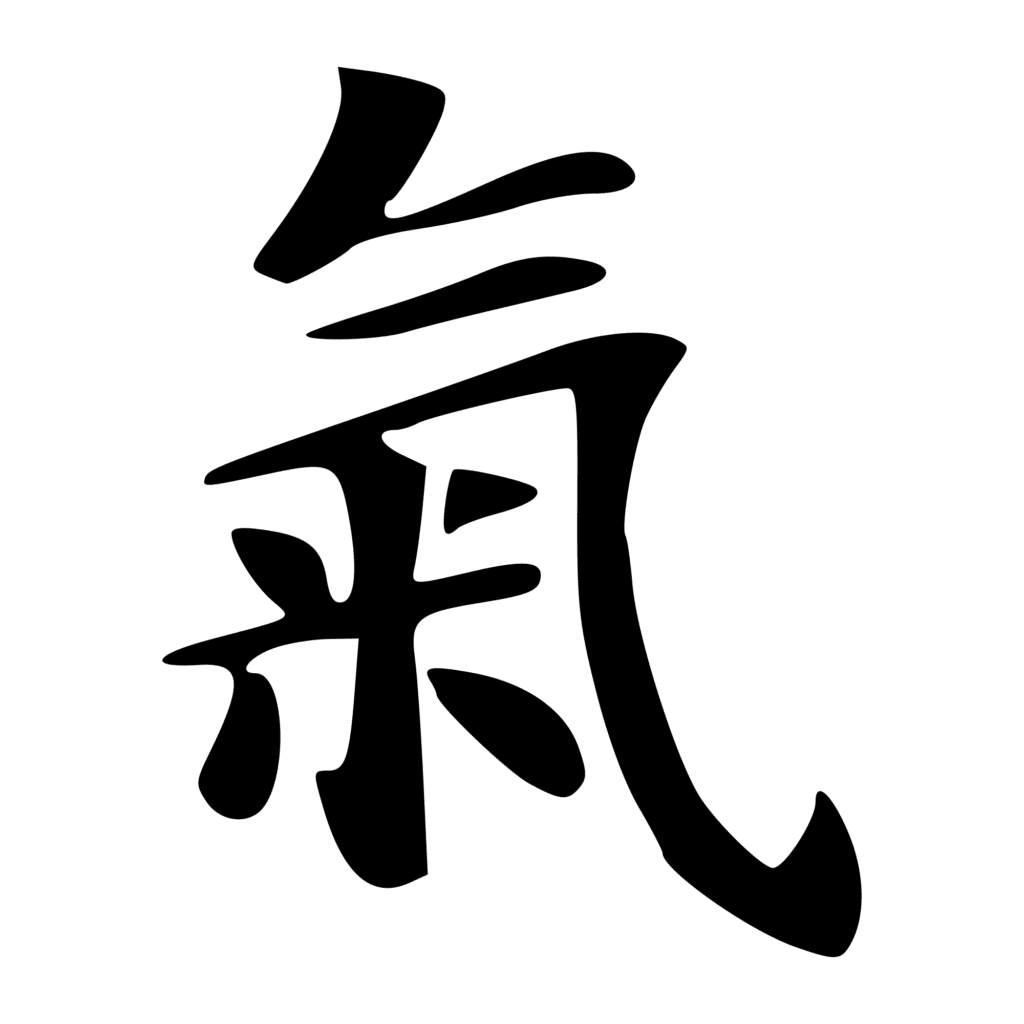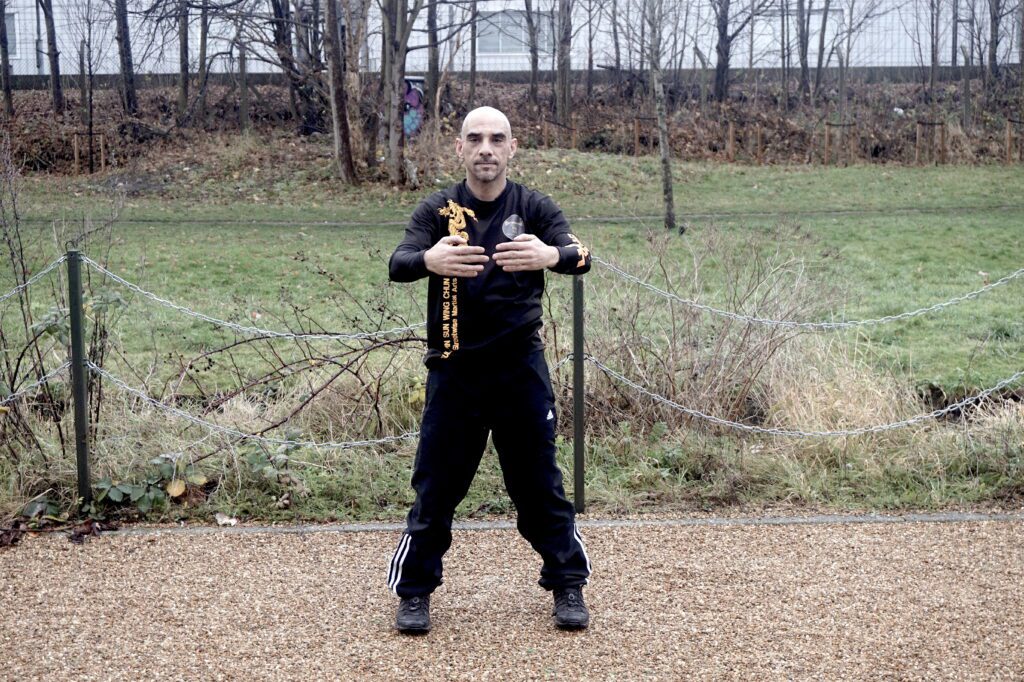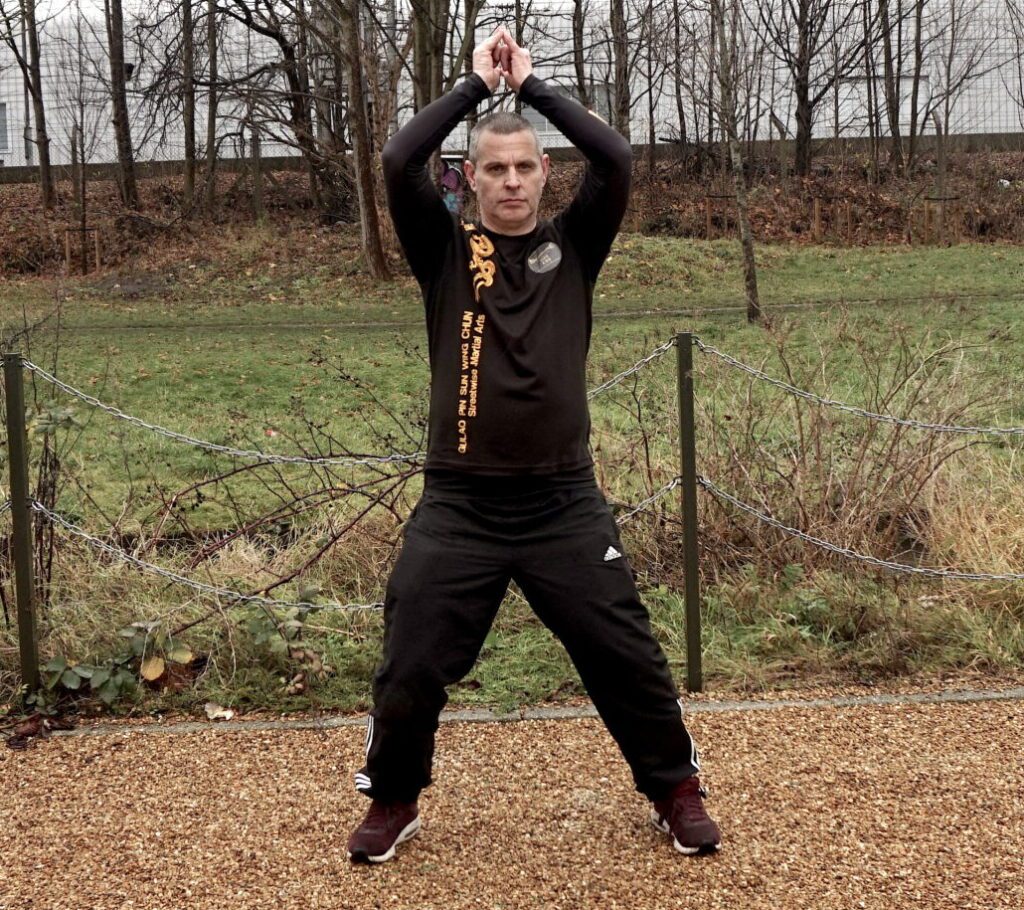Internal Wing Chun: It’s all about Balance.
Michael Watson has practiced Wing Chun and Martial Arts for over 30 years. He is also a qualified practitioner in Traditional Chinese Medicine and holds BSc in Acupuncture and Chinese Medicine, as well as a Post Grad Certificate in Tui Na and Herbal Medicine. Michael Currently teaches in London UK.
The term internal Wing Chun has started to become very popular in recent years. Many practitioners are now claiming their art to be internal or are adding internal styles such as taiji, bagua or qi- gong into their syllabus.
I first heard of this term, internal (soft) training, over 25 years ago when I first started training with my current Sifu (instructor), Grandmaster Joseph Lee. This was the first time I had heard the terms internal (Soft) and external (Hard) in relation to a martial art. I found this subject very intriguing.
Under my Sifu, we would of course learn the Wing Chun hand forms, as well as the 12 sets of Gulao Pin Sun Wing Chu.
In addition, we would also learn and practice Hei Gong, standing Meditation and other techniques such as breathing exercises and the cultivation of Qi (Chi). Once taught, my Sifu would then move his students onto the study of different energies and how to produce Fa Jing (emitting force).
All these techniques would then be interwoven within all our form work, Chi Sau and with every part of our wing chun training. Since then I have dedicated the last 25 years of my training in trying to understand and pass on the internal aspects of Wing Chun in a simplistic and easy-to-understand way.
On my journey, I went back to university in 2006 and obtained a Masters degree in Traditional Chinese Medicine, which has allowed me to compare and contrast the ancient texts with modern medical definitions. This has aided me into making internal wing chun training easy to learn.
It’s all about Balance.
The main question I am often asked concerning this subject is “What is Internal Wing Chun”? To me, there is only one word that truly explains this, and that word is balance. In this article, I will explain what this balance is and how it relates to Wing Chun.
The ancient Chinese People described balance in terms of Yin and Yang. This concept explains how everything in the universe has an opposite and opposing force and how these opposites are reliant on each other to exist.
In simple terms, we cannot have night without day, hard without soft, hot without cold and of course internal without external. Once this is understood, it can form a basis to our training.
If we consider all movement i.e. Forms, drills, sparring and general training external and Qi Cultivation, efficient energy delivery, breathing and intention and concentration internal, we can begin to see a relationship to balance (Yin and Yang).
At this point, I would add that any student should be careful in their training, as Yin and Yang will also wax and wain, which means they can transform. I always tell my students. “Yin and Yang are about balance and one cannot exist without the other.
If we consider Yin to be Soft or Internal and Yang to be hard or External, we can start to apply these principles to our training. We also have to remember that just like night turns into day, Yin can transform into Yang and vice versa. So with this in mind, we must maintain a balance, as too much Yin or too much Yang will be detrimental to our training”.
Understanding Qi (Chi)
There are certain methods that I practice and teach that I would consider essential for internal training. These includes Qi (Chi) Cultivation, Shen and Yi, fluid dynamic structure, using the six bows and power generation.
There are of course other factors and principles, but the ones mentioned above are core principles.
The first step in all this is an understanding of what is Qi. This question has been heavily debated for many years, with no real agreement. In some circles, it has almost reached mystical levels, with some Martial Arts practitioners claiming to have special Martial Qi or the ability to move it within the body by thought alone. Understanding Qi is far simpler than many make it out to be.
Essentially, there are only two types. Qi, which is acquired and congenital Qi. Out of these two types, there is only one type we can influence, which is acquired Qi.
To understand Qi, we need to look at the earliest writings on it and understand what the Chinese Characters mean. The characters relate to Vapour (Air) and Rice (Food).

The Song Dynasty (960-1127 AD)
This was called Songti. By the time of the Song Dynasty, Traditional Chinese Medicine was well developed. The importance of food energy for the body was understood. This perhaps accounts for the fact that during the Song Dynasty, the way of writing qi changed: the qi character in Songti is composed of the symbol for ‘vapour’ and the symbol for ‘rice’.
Throughout the ages, there have been many different characters used for the meaning of Qi, but there has been one constant, which is the character for vapour.
Now we can see the relationship between the meaning in ancient times and modern western medicine. The connection is Food and Air, producing energy. In Western Medicine, this is known as cellular respiration. Your body cells use the oxygen you breathe to get energy from the food you eat.
This for me is a much more plausible explanation of Qi. Better than some sort of mystical energy that only a certain few high level masters can obtain.
So to enhance our energy production or to cultivate our Qi, we need to use breathing exercises and eat healthy foods, this can of course be done through our Wing Chun training by using breathing techniques when doing our forms.
The Shen (Mind & Spirit)
The word Shen can be translated into many different meanings which include Spirit, Mind, consciousness, vitality, expression, soul and energy.
Again, there is some confusion with its meaning. Many instructors of Internal Arts and practitioners of Traditional Chinese Medicine will describe the word Shen as either Spirit or Mind. I prefer to think of the Shen as both Mind and Spirit.
Shen of the Heart (Mind)
1 -It indicates all the activity of thinking, consciousness, self, insight, emotional life, memory, all of which depend on the Heart.
2. Five Shen, Five Zhi (Spirit) indicates the complexity of all five mental-spiritual aspects of a human being, i.e. the Shen itself, the Hun, the Po, the Yi and the Zhi. The Five Shen (Spirits) relate to the body’s internal Yin organs (Heart, Kidney, Spleen, Liver and Lungs).
Each of these spirits also has a connection not only with a yin organ and its associated element but also with the energy of a planet and a direction. The goal within our training is to harmonise and balance the five shen. This will enable us to stay healthy, maximise our training and keep our focus and thoughts pure.
We need an understanding of the five Shen and to know what organs they relate to, as well as the nature of each organ.

1. SHEN: EMPEROR OF THE HEART
Within the Five Shen system, we find something like a spiritual hierarchy:
Shen – the spirit of the Heart – is the Emperor, with aspects of its power – like Ministers – residing as the spirits of the other organs. When these secondary spirits function as faithful emissaries of the Heart’s Shen, communication between our organs is balanced and harmonious, resulting in a happy well-functioning body.
The element associated with the Heart’s Shen is fire. Its direction is south, and the planetary energy that it embodies is that of Mars. As the emperor of the Five Shen, it is associated with the overall quality of our awareness/mind, which can be perceived in the energy flowing through our eyes.
2. ZHI: THE KIDNEY’S WILL TO ACT
The Shen of the kidney system is Zhi or will. Zhi is associated with the element water, and it carries the energy of the direction north and the planet Mercury. Zhi is the minister in charge of the intention and effort required to accomplish things. This includes the effort and perseverance needed to succeed in our spiritual practice.
3. YI: INTELLECT OF THE SPLEEN
The spirit of the Spleen System is Yi (or intellect). Yi is associated with the earth element: its direction is centre and its planetary energy is Saturn. Yi includes our capacity to use our conceptual mind to exercise discernment and to form intentions. An unbalanced Yi can manifest as discursiveness or unconscious internal chatter: a kind of over-thinking or “pensiveness” that damages the Spleen.
A healthy Yi manifests as spirit-infused intelligence and understanding.
4. PO: THE CORPOREAL SOUL OF THE LUNGS
The Po or corporeal soul is associated with the lungs and is the aspect of consciousness that dissolves with the elements of the body at the time of death.
The Po belongs to the metal element, the direction is west, and the planet Venus. Since the Po exists only within the context of a single lifetime, it tends to be associated with our immediate or denser desires – as opposed to the Hun, which expresses more long-range commitments.
5. HUN: THE ETHEREAL SOUL OF THE LIVER
The Hun is associated with the liver system and is the aspect of consciousness that continues to exist – in more subtle realms – even after the death of the body.
The Hun is associated with the wood element, its direction is east, and its planetary energy is that of Jupiter. The Hun could be seen as the Human Soul.
In our Internal Wing Chun Training, we tend to focus more on the Shen (Mind) and Yi Intellect- intention in the beginning, but as we progress in our training, we become more aware of the Five Shen and the five Yin organs they are associated with.
In this way, we begin to understand that Internal Wing Chun Training is all about Balance. It is not mystical, it is not magic it is just a holistic way of training that can be akin to what we see in modern-day training of top athletes and sportspeople, where the whole lifestyle including diet, fitness, movement, focus, intention, concentration and the overall well-being of the individual is considered.
This for me, is the meaning of Internal Wing Chun. Ω
Michael Watson
www.traditionalwingchunlondon.com



1 Comment
Stubbmled accross your blog and decided to have a very quick study, not what I usually do, but you have a great blog. Wonderful to see a site that isnt full of spam, and actually makes some sense. Awesome blog